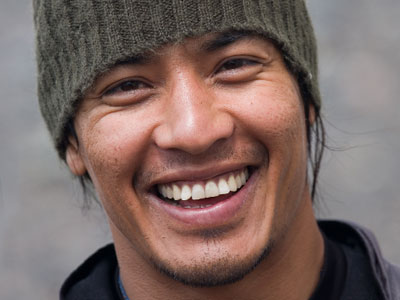
Trip Overview
This trek takes you through the most beautiful and awe-inspiring regions of the Sagarmatha National Park.
From the world’s highest glacier lakes in the Gokyo valley to the base camp of Nepal’s most famous geographic wonder, Mount Everest (Sagarmatha, Mother Earth), this trail journeys into the heartland of the Sherpa people.
Sherpas live in this rolling landscape of lush low alpine vegetation and dry high altitude scrubland, alongside the highest mountains in the world.
This adventure will provide an insight into their rich Buddhist culture and their traditional way of life.
Sights of Amadablam (6856m), Everest (8848m), Lhotse (8501m) and Cho Oyu (8201m) will dominate the landscape, but you’ll also see glimpses of other 8000m giants, Makalu (8463m) and Shisapangma (8013m), from the trail.
In Spring, the valley is awash with flowering rhododendron trees of various colours and large white magnolia trees. Spring also brings climbers from around the globe with Everest ambitions.
Our Route begins from the gateway airport town of Lukla at 2840m. Following the Dudh Kosi River on the valley floor, the trail first passes through farming villages of mixed Tamang, Rai and Sherpa communities.
We then make a sharp ascent up to Namche, the capital of the Khumbu and the traditional trading centre of the Sherpas. We take a less travelled road to Phortse Tenga, which lies a short distance from the traditional Sherpa farming village of Phortse. From here it’s a gradual hike up passing through Dole and Machermo before reaching Goyko. With an early morning start, we climb up to Gokyo Ri to enjoy sunrise views of 4 of Nepal’s 8000m peaks. Another highlight in the Cho La pass (5330m) crossing follows next, before we descend back down the valley toward Lobuche. Then it’s a gentle rocky ascent besides the Khumbu glacier to Everest base camp, and to up close views of the infamous Khumbhu icefall. We return to Gorak Shep to prepare for another early morning summit of Kala Pattar (5550m). This magnificent viewpoint allows the closest and clearest view of Everest.
Our return route passes through Pheriche and Tengboche monastery. The Tengboche monastery is the largest monastery in the region and is open to visitors to share prayer time with monks.
Trip Highlight
- Stunning views of Everest, Lhotse, Nuptse, Ama dablam, Makalu and Cho Oyu
- Colourful Buddhist culture and spirited Sherpa people
- Crossing Cho La pass
- Ascents of Kala Pattar and Gokyo Ri
- Tengboche Monastery
Trip Grading
This is a trek only and it requires no prior trekking experience. Good fitness is required, as most days will involve 2-6 hr of trekking carrying a 5kg daypack. The trail is non-technical but will reach a maximum altitude of 5550m.Food & Drinks
Trip Itinenary
A Himalayan Ascent representative will receive you from the airport. It’s a free day to recover from your international flight. Later in the evening, there will be a group briefing and welcome group dinner.
This is a free day for you to explore the crazy, yet wondrously beautiful city of Kathmandu. Home to 5 World Heritage sites, Kathmandu is a stunning landscape of handcrafted wooden palaces (durbar or palace squares of Kathmandu, Lalitpur and Bhaktapur) and glorious Buddhist stupas (Swayambu and Boudhanath). It’s a city that stimulates all senses, so be prepared because Kathmandu is a city that demands attention.
Our trip begins with an early morning 30 min flight to Lukla, that flies over endless rolling hills covered with green terraces. Once in Lukla, we have a short break to organise porters and gear before starting our day’s walk, descending and ascending to Monjo. We pass green villages and colourful maniwalls as we follow the Dudh kusi river upstream. This region is Buddhist so remember to walk clockwise or to the right of maniwalls and prayer flag poles. Monjo is an apple farming village situated near the base of the hill up to Namche. Note, if we leave on a mid morning flight, we may stop earlier along the trail at Phakding (2640m) instead of Monjo.
Before leaving Monjo, we’ll drop into the Khumbu National Park Information Centre where you can trace our trail from a 3D model of the region. The route crosses several steel suspension bridges covered with katas, white well-wishing scarves, and prayer flags. From the last bridge, it’s a 2-3 hr hike up to Namche. On a clear day, you can catch your first view of Everest from a lookout about mid-way up the hill. Once in Namche, you have the afternoon to rest, do last minute gear shopping or catch locals enjoying the Saturday market.
We spend an extra day in Namche before trekking higher to allow our bodies to adjust to the lower levels of oxgyen in the air. In the morning, we will walk up to the Everest View Hotel to enjoy a panoramic view of Everest, Ama dablam and Thamserku. It’s just a taster for the spectacular scenery to come! From here, you can explore the villages of Khunde and Khumjung where Sir Edmund Hillary opened a hospital and school, respectively. Or the afternoon is free for wandering around Namche, emailing friends/family or relaxing over coffee and cakes in the bakery.
The trail behind Namche is a gentle track that traverses high above the Imja river with overlooking views of Thamserku and Ama dablam. We pass a chorten in memory of Tenzing Norgay, Sir Edmund Hillary’s climbing partner, before reaching Kyangjuma to break for morning tea. We split from the regular traffic of trekkers heading to Everest base camp by taking the higher road up to Mong for lunch. Phortse Tenga is a short descent from Mong on the valley floor alongside the Dudh Kosi river. If you’re feeling energetic, you can hike the short distance up to the farming village of Phortse for the afternoon. Many villagers still depend on potato and buckwheat farming here, but Phortse is also known for producing many climbing Sherpas to supplement their incomes. Since 2003, the Khumbu Climbing School which operates in Phortse has trained many keen young men and women. Every winter, reowned international climbers and local guides work together to run climbing courses. The partnership has not only increased climbing enthusiasm amongst locals, but has also improved general climbing safety.
We have a relatively short day climbing up to Dole from Phortse Tenga. The trail follows the Dudi Kosi river northwards with stunning views of Tabouche and Cholatse across the valley.
Another short up hill day will take us up to Machhermo for lunch. We relax during the afternoon to allow our bodies to properly acclimatise. This area has a history of Yeti sightings and attacks. In 1974, it is claimed that a 19-year old Sherpani yak herder and her brother were assaulted by a 4 foot Yeti, who also killed 5 of their yaks. Local police confirmed the Yeti in the case. The existence of Yetis are yet to be scientifically proven, but in the Khumbhu, belief of their existence is strong with many local stories of their sighting.
Continuing northwards, we walk up the rocky moraine of the Ngozumpa glacier and then alongside it to reach Gokyo village. We pass 3 of the Gokyo lakes (First lake, 4710m, Taboche lake, 4740m and Dudh Pokhari, 4750m), pausing to admire their serene blue water. These lakes are sacred to Hindus who come to wash in their icy waters in August during the Janaipurnima festival.
It’s an early start if you want to catch sunrise from the summit of Gokyo Ri (approx. 2 hr). A first in a series of brilliant panoramas to come, the stunning view from Gokyo Ri captures Nepal’s major 8000m peaks, Everest (8848m), Cho Oyu (8188m), Lhotse (8414m), Shishapangma (8013m) and Makalu (8475m). The summit also offers a glimpse down the Ngozumba glacier, the longest glacier in the Himalayas, and an encompassing view of the Gokyo lakes. You have a well deserved rest in the afternoon after your first summit success over 5000m!
We have an easy day following the route back down past the Gokyo lakes to the terminal moraine of the Ngozumpa glacier. We cross the glacier on a rocky trail leading to Thangnak where we stay for the night. Our next day will be long as we cross Cho La pass, so we rest for the remainder of the day to prepare for this challenge.
This is a strenuous day that starts early up rocky boulders and up a steep stretch before reaching our snow covered pass of Cho La. You’ll need good waterproof boots and poles as we traverse across the glacier and then gradually down towards the Khumbu valley. Despite the difficulty, you won’t regret the effort as the views from the pass are breathtaking. Cho La pass offers an expansive view of Everest alongside its neighbouring giants.
Leaving behind views of Ama dablam from Dzongla, we take a relaxing day to trek to Lobuche after yesterday’s massive effort. The trail to Lobuche follows up from the terminal moraine of the Khumbu glacier, that primarily runs off Everest and Lhotse.
Gorak Shep is the last settlement before reaching Everest base camp. From Lobuche, it’s a short walk of a couple of hours across glacier moraine to reach there around mid morning. After a quick refreshment, we will walk further along the rocky terrain alongside the Khumbu glacier to reach base camp. This pile of rocks sitting at the foot of the infamous Khumbu ice fall in Spring is home to some 30 teams (hundreds of climbers and support staff) aspiring to climb Everest. After inspecting the Khumbu ice fall, we trek back to Gorak Shep for the night to ready for an early start for our own summit ambitions the next day.
From Gorak Shep and base camp, Pumo Ri (7165m), Lingtren (6749m) and Nuptse (7861m) are clearly visible. However, Everest and Lhotse are largely blocked by the face of Nuptse. To see these mountains, we must climb another vantage point behind Gorak Shep known as Kala Pattar or “Black Rock”. For a sunrise viewing of Everest, it’s a 5am wake up and 5.30am start for 2 hr to reach Kala Pattar summit. At 5550m, this is the highest point on our trek! The summit provides a close and unobstructed view of Everest and Lhotse, undoubtably a worthy reward for making the strenuous climb to the summit. We drop back to Gorak Shep for breakfast before making the descent to Pheriche. Make sure you drop into the Himalayan Rescue Association clinic and learn about the amazing volunteer work they do to provide medical assistance to locals, trekkers and climbers alike.
As we descend to lower altitudes, every step you take from here to Lukla, you will feel rejuvenated with increasing oxygen in the air. We have lunch at Pangboche, cross the river and pass through Deboche to reach our destination of Tengboche for the night. Tengboche monastery is famous for hosting the major Buddhist festival, Mani Rimdu, in November. The monastery itself was rebuilt after a fire in 1989. Visitors are allowed to observe prayer time with the monks at mid morning/mid afternoon. This is not to be missed! Also enjoy a cake at the bakery.
It’s a big descent from Tengboche to the Dudh kosi river crossing, followed by a 45 min hike up the otherside heading back to Namche. The trail from here is an easy traverse with familiar sights of Thamserku and the Kongde range. We pause in Namche for lunch before making another big descent back to the valley floor. Crossing over the many suspension bridges in warmer temperatures again, we evenutally break in Monjo for the night.
Enjoy the sights of the maniwalls around Ghat and other villages, as we make our way back to Lukla. This is our last opportunity to take in the Buddhist culture that has prevailed throughout the trek before returning to the melting pot of cultures found in Kathmandu.
Another early morning flight out of Lukla back to Kathmandu. You have the rest of the day to rest from the trek. A massage is highly recommended!
Our last day to catch in some sight seeing, shop, relax and prepare for departure. If you didn’t make it to Bhaktapur or the other durbar squares in Patan/Kathmandu, make sure you don’t miss these world hertiage sites. They provide another viewpoint of Nepal’s diverse culture and ancient architectural talents.
We bid Kathmandu and Nepal farewell….until next time.
Inclusions & Details
Cost Inclusion
- Trekking permits,
- 4 nights Kathmandu hotel,
- trekking guides,
- transport in Nepal,
- extensive high altitude wilderness first aid kit,
- all meals outside Kathmandu,
- porters to carry personal/group equipment,
- down jacket,
- sleeping bag and expedition duffel.
Cost Exclusion
- international flights to Kathmandu,
- meals in Kathmandu (USD 10-15 per meal),
- aerated and alcoholic beverages,
- personal items (e.g. phone calls, laundry),
- tips,
- travel insurance (incl. early departure , mountain rescue) and personal trekking gear.
Trip Gallery
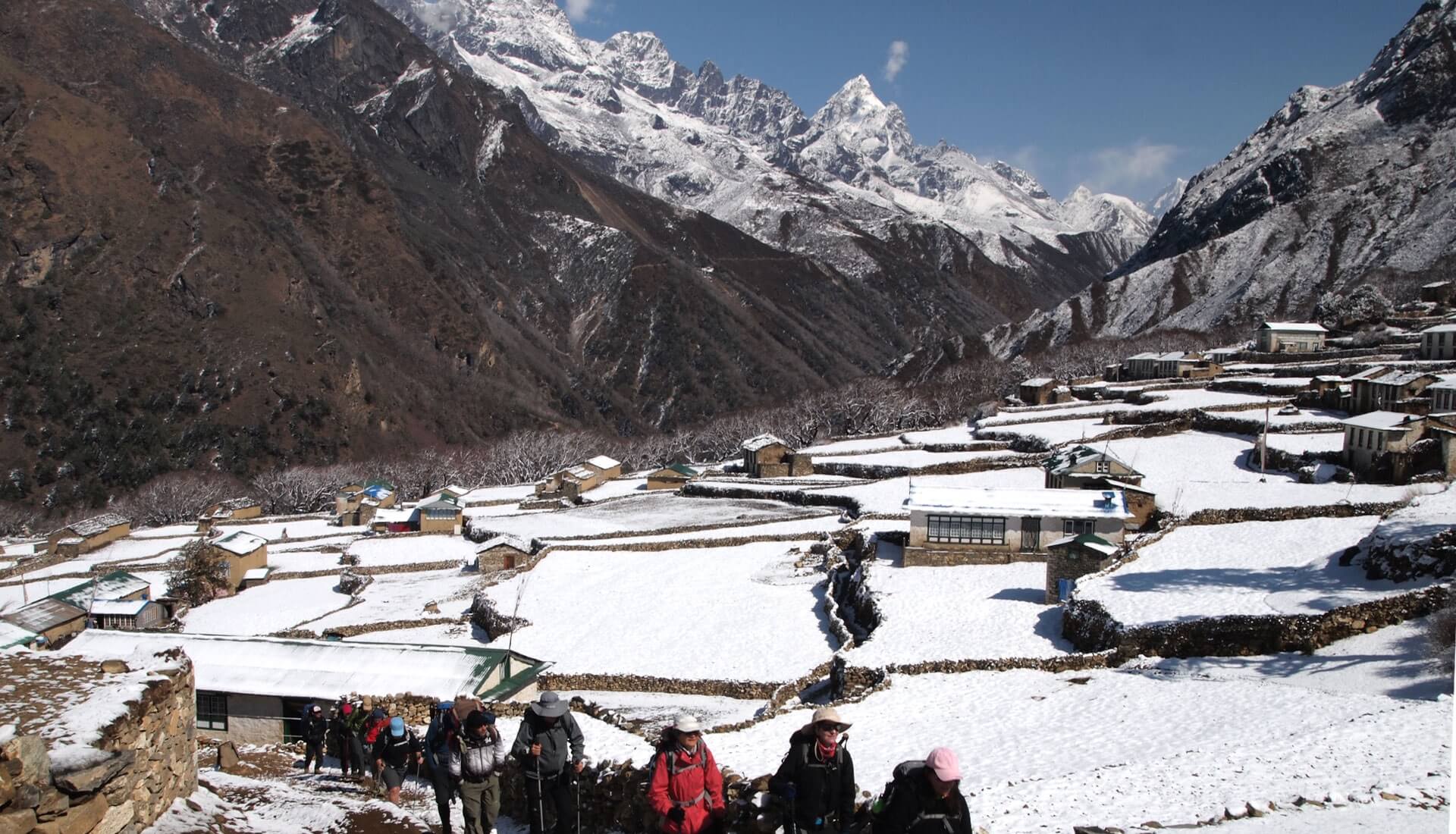
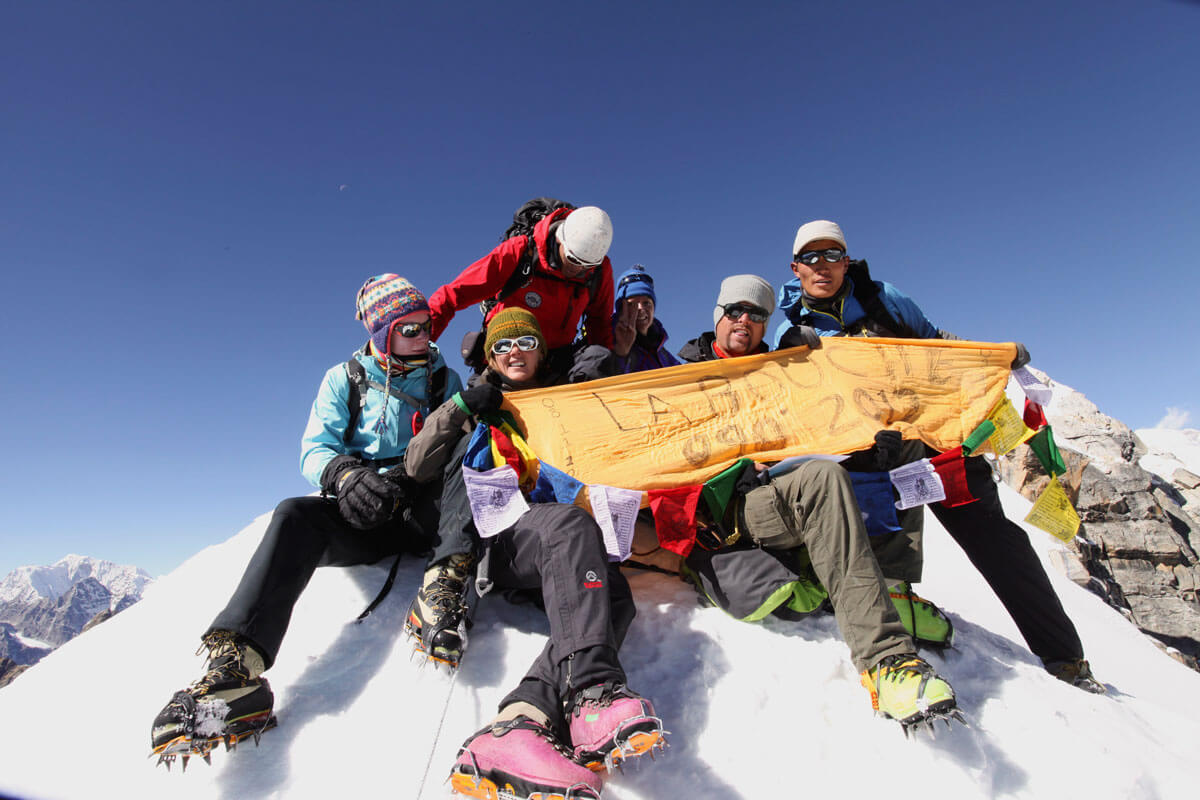
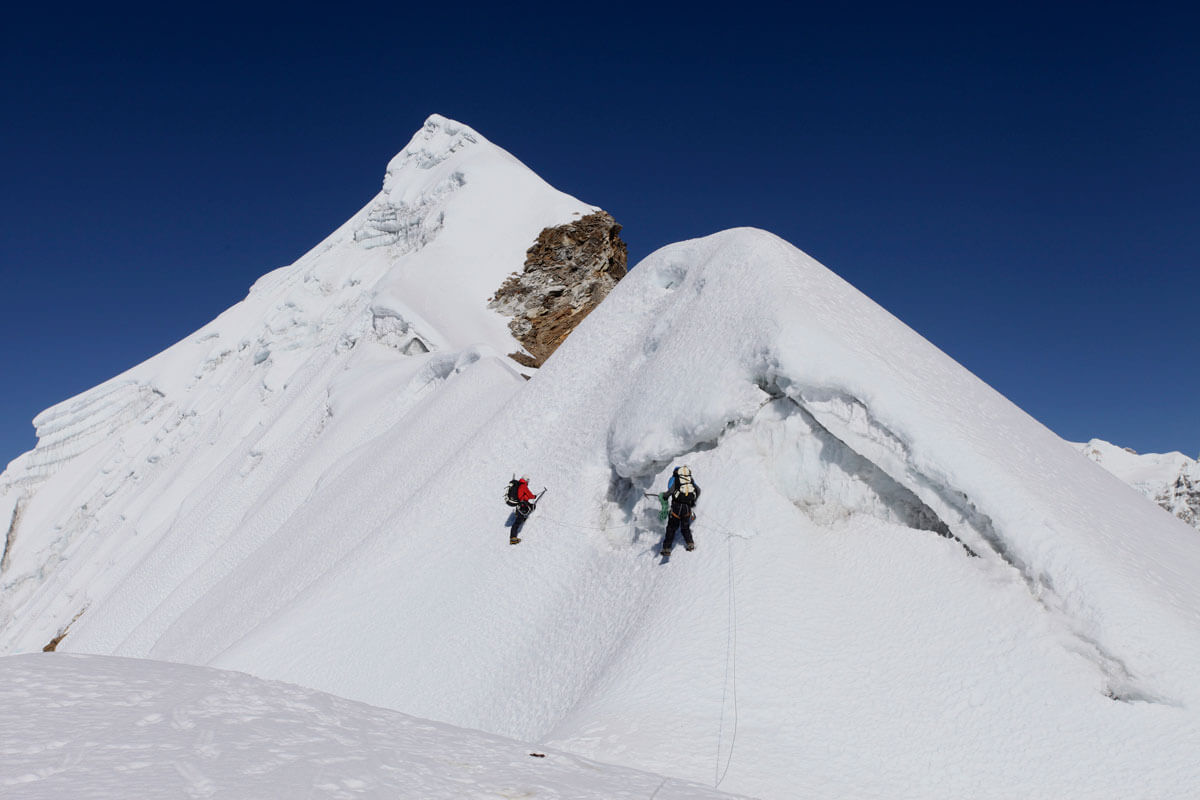


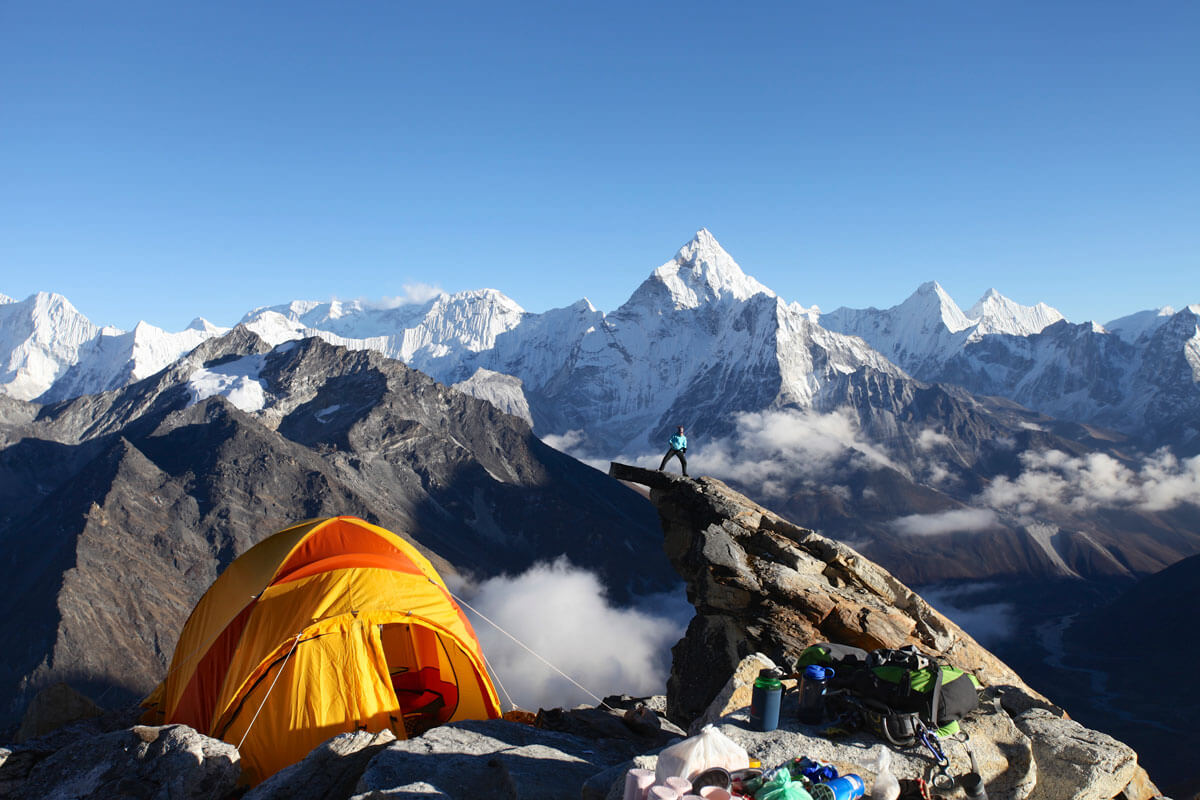

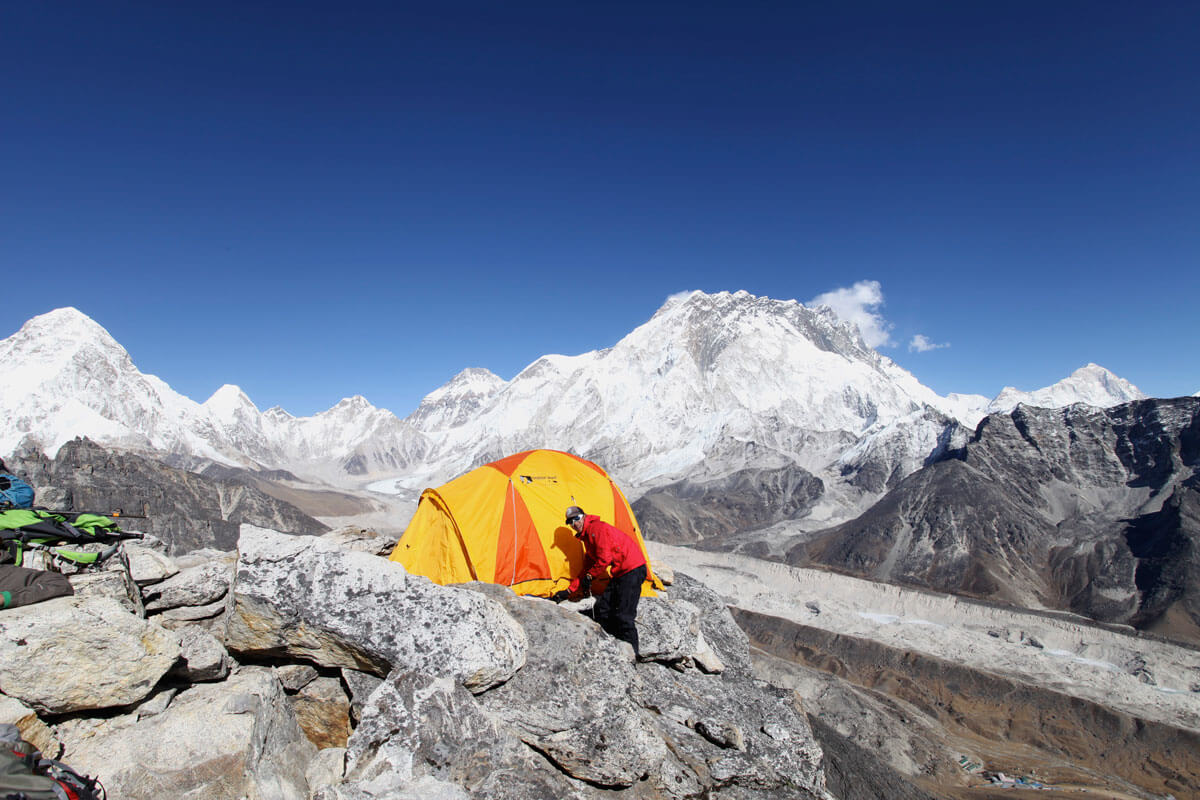



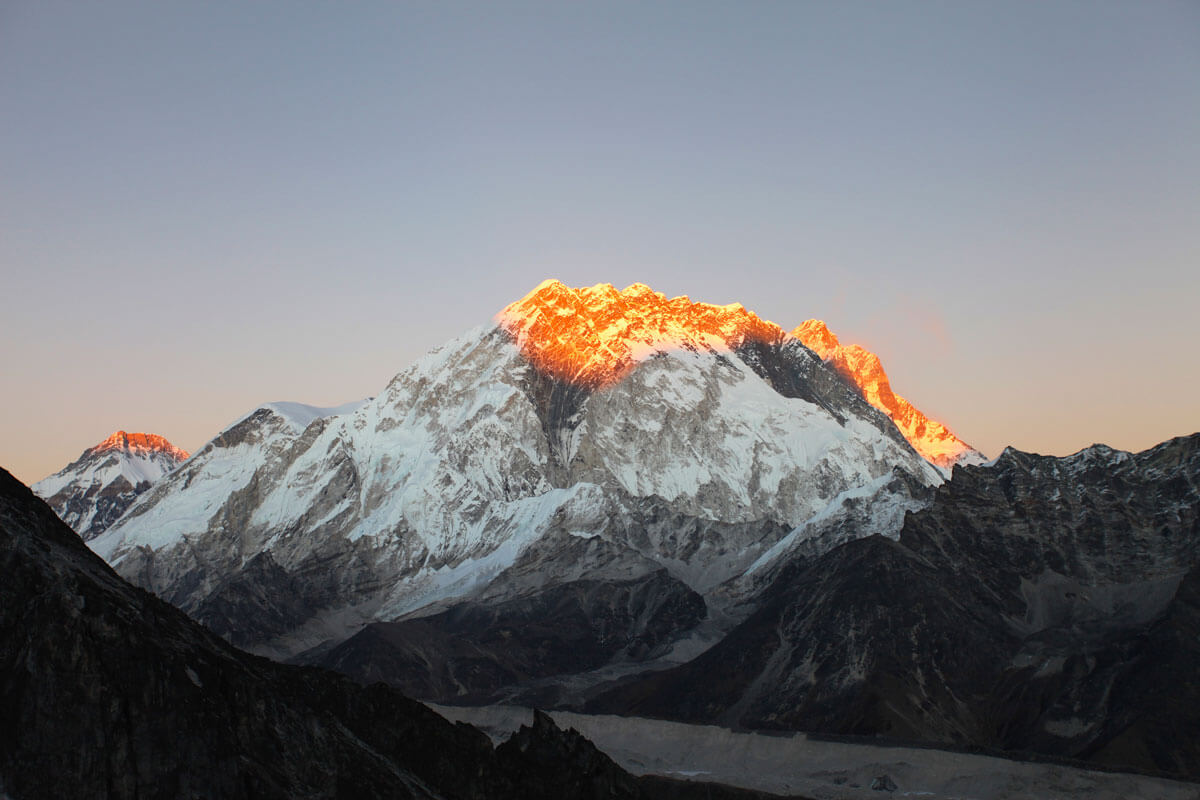
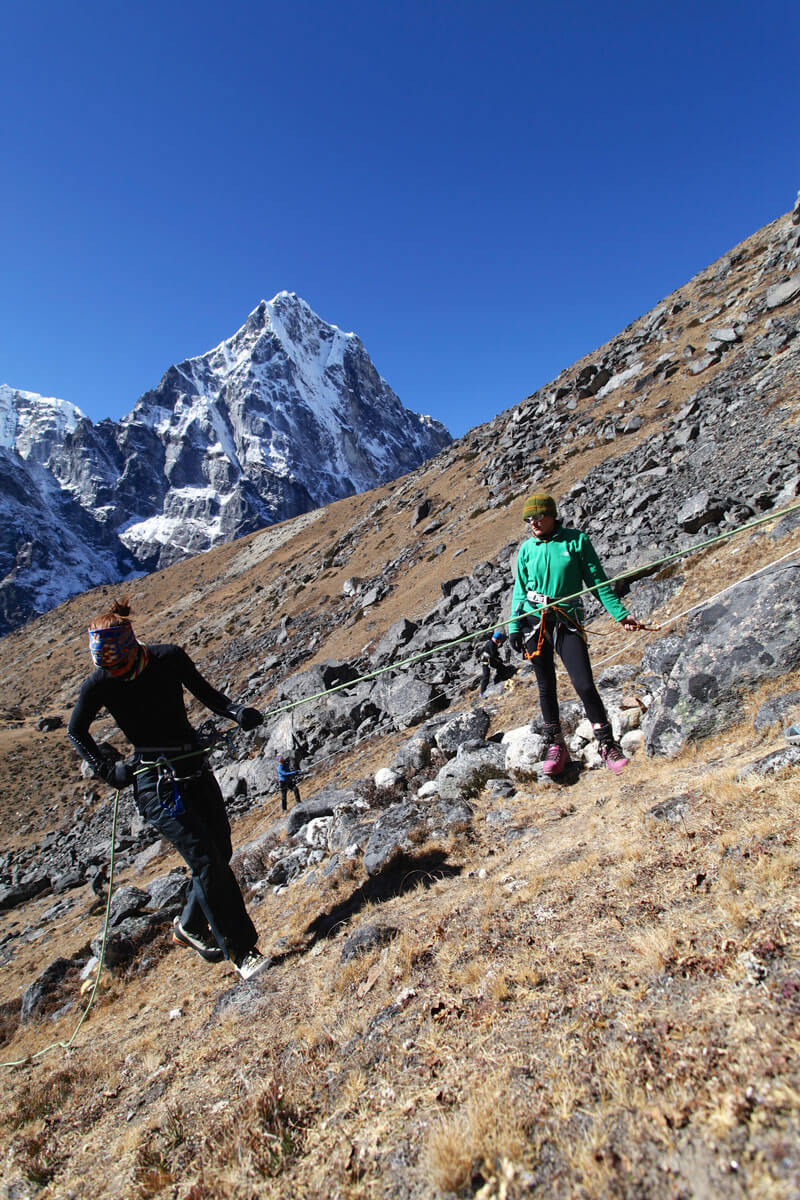
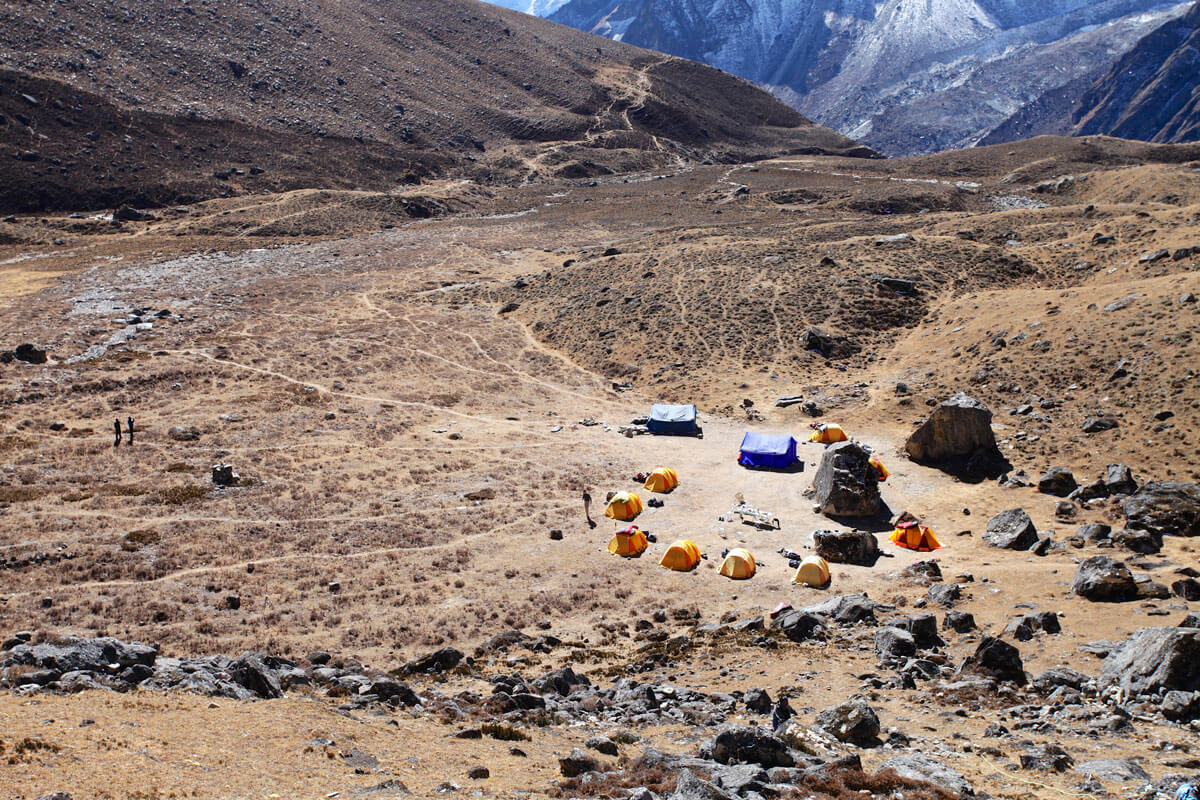

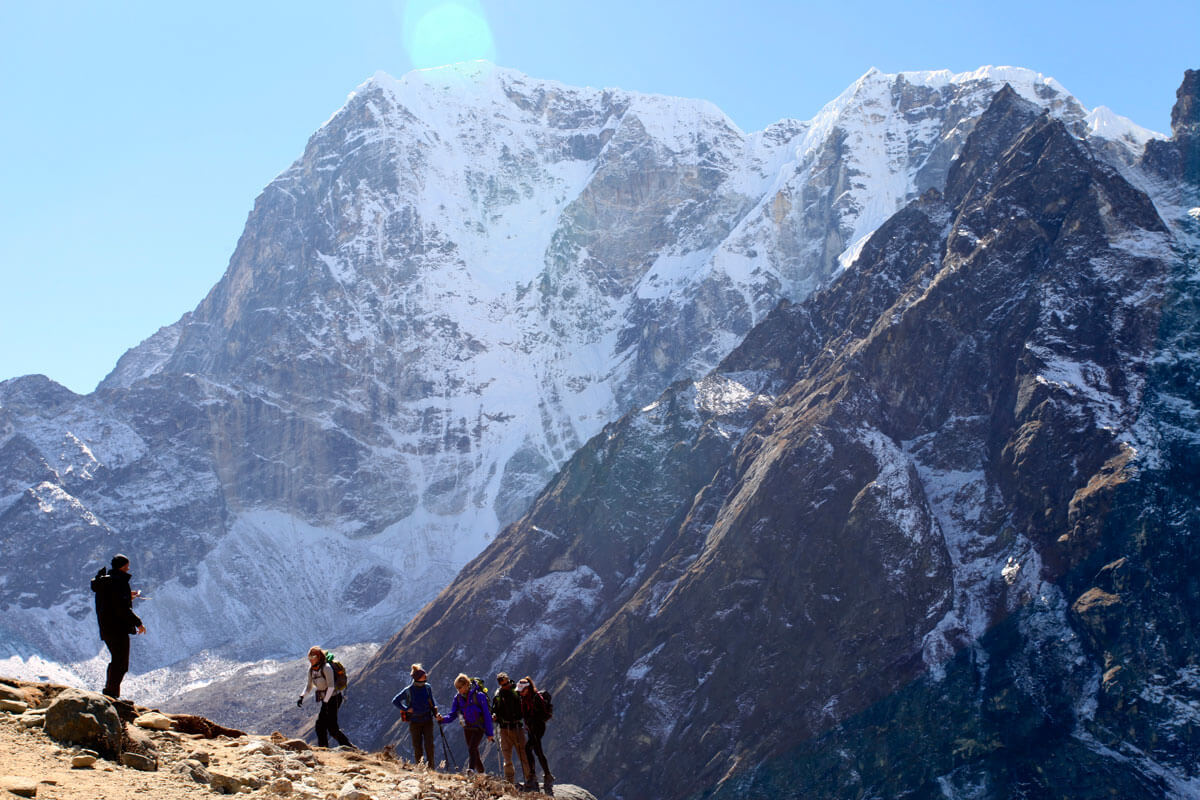


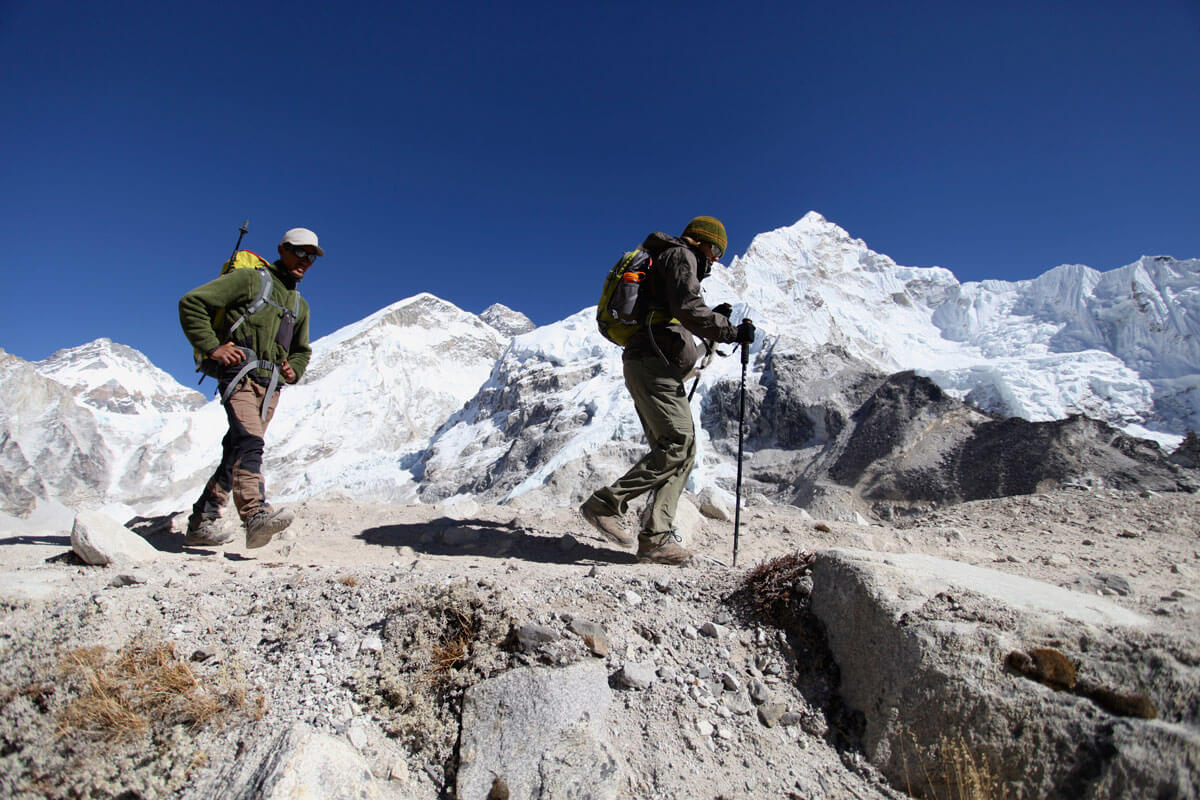

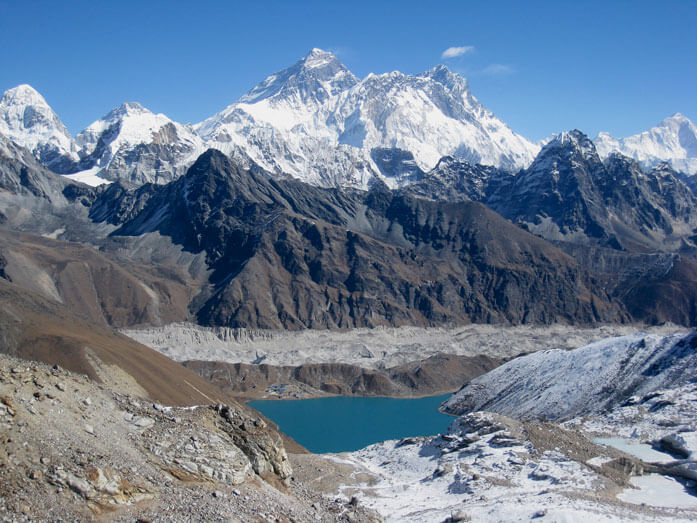




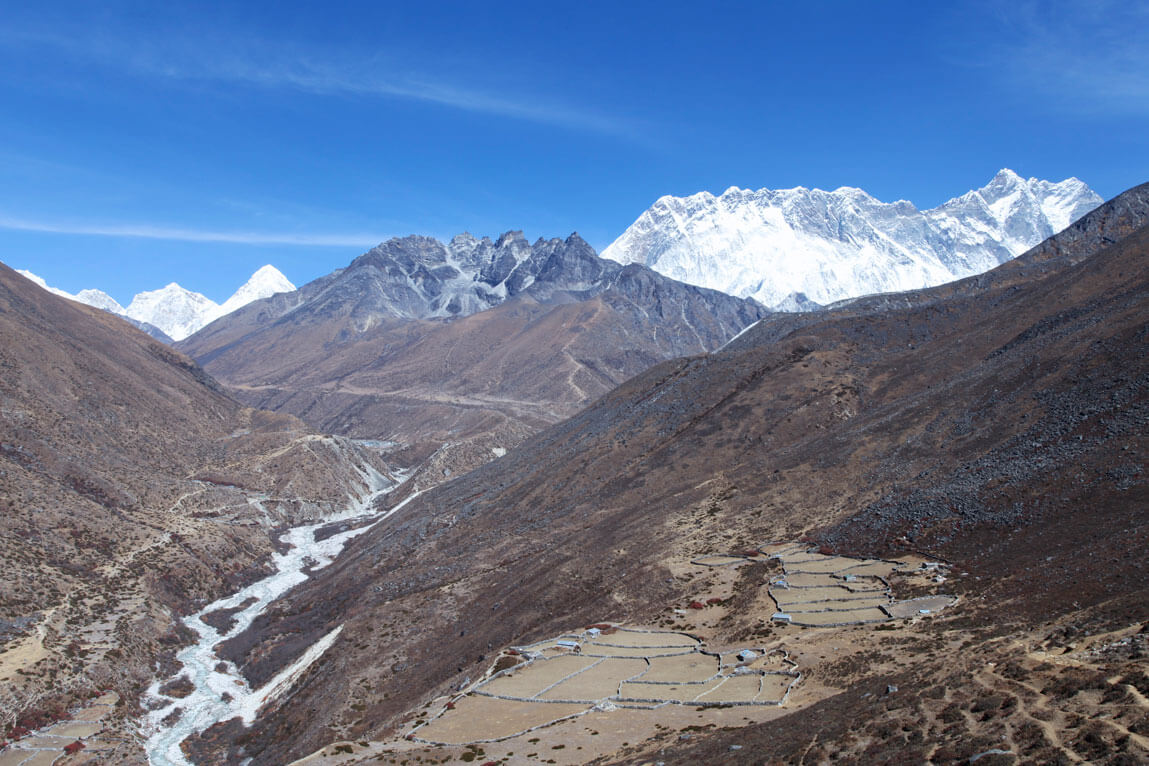


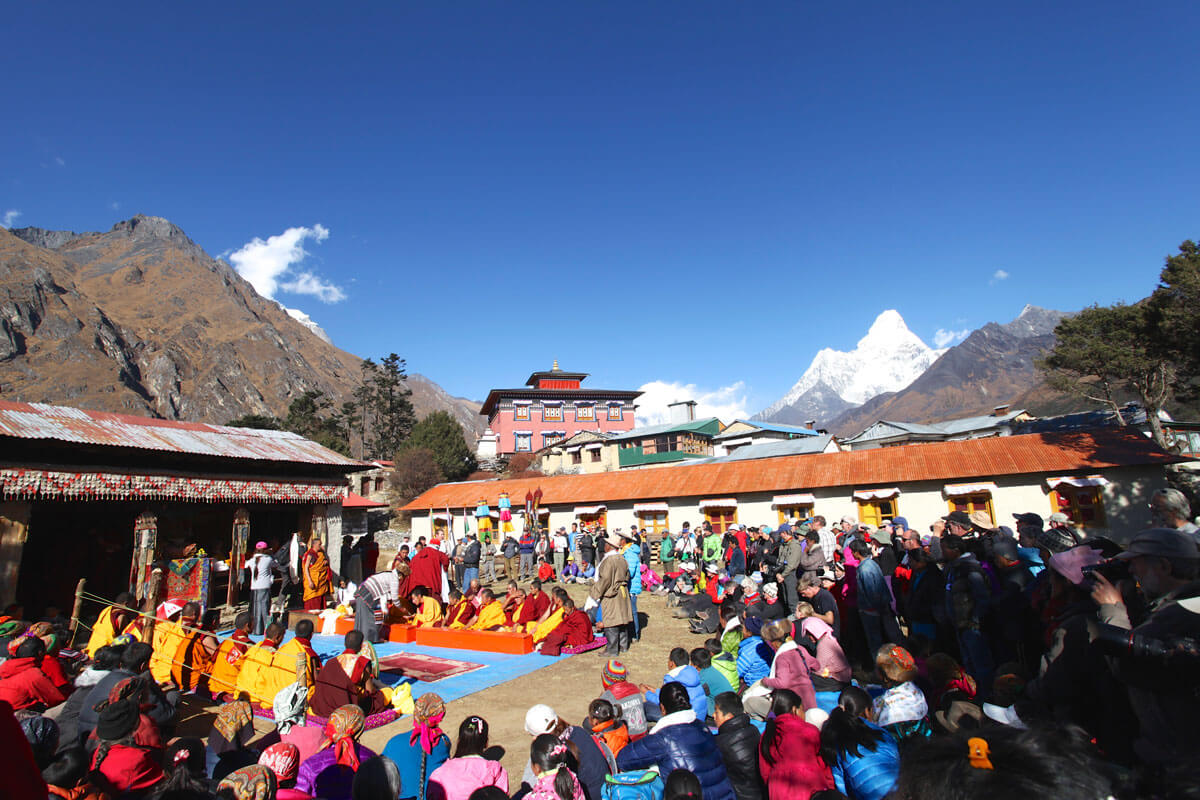



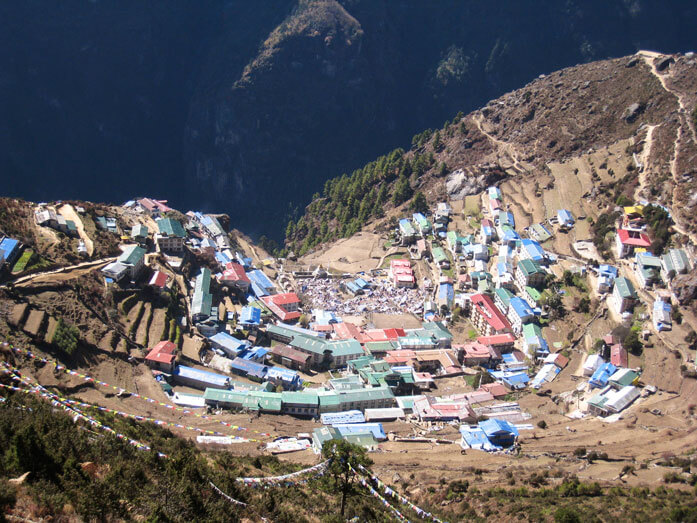

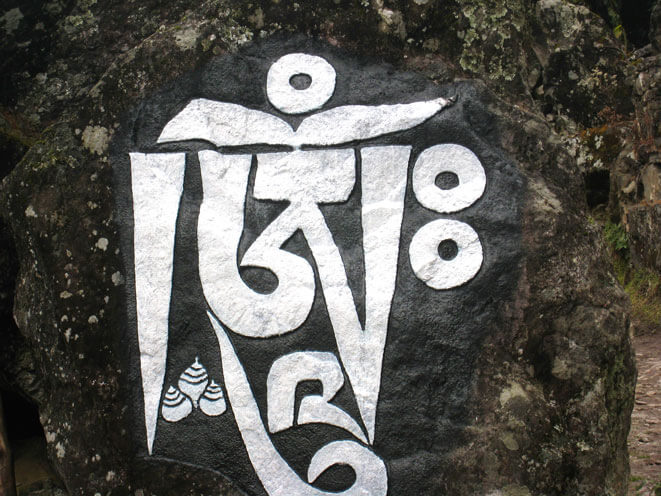







































Ready For The Adventure
We also have previous clients who are available to provide testimonials about their experience with Himalayan Ascent - please contact us for more information: sumit@himalayanascent.com
Enquire Now → Book This Trip →
